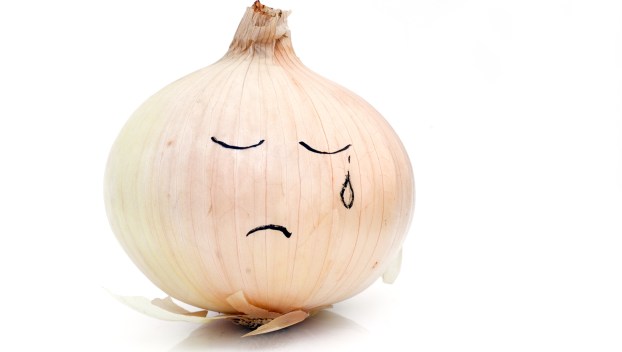
Lifestyles
NOTHING TO CRY ABOUT: Delicious onions are packed with health benefits
Editor’s note: Second in an ongoing series about garden-grown vegetables. This week, in the second of the series, ... Read more

Editor’s note: Second in an ongoing series about garden-grown vegetables. This week, in the second of the series, ... Read more